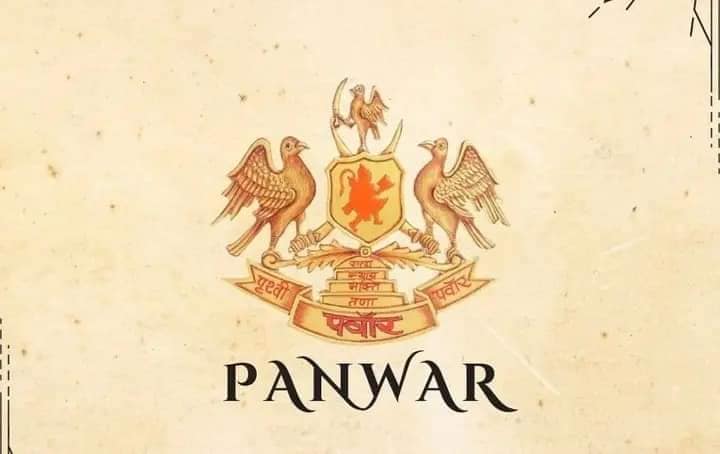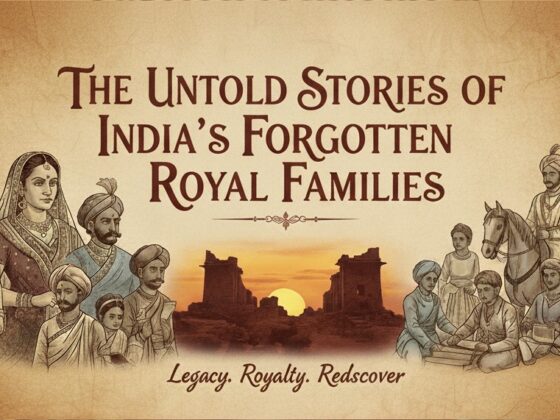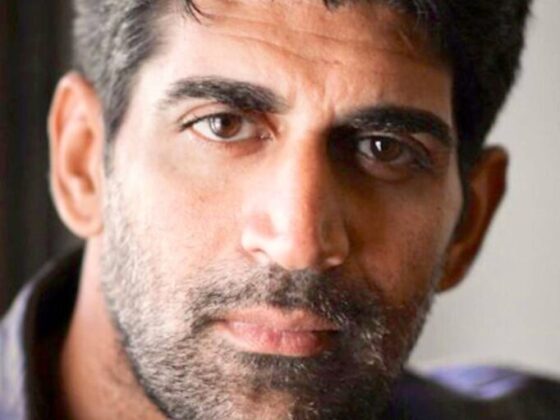The Panwar Dynasty: A Legacy of Valor and Cultural Influence

Introduction
The Panwar Dynasty, also known as the Paramara Dynasty, holds a prestigious place in Indian history. Renowned for their martial prowess, administrative acumen, and patronage of art and literature, the Panwar rulers established a powerful kingdom that significantly shaped medieval India’s political and cultural landscape. This article delves into their origins, key rulers, military campaigns, and lasting legacy.
Origins of the Panwar Dynasty
The Panwars, belonging to the Rajput and Kshatriya clans, trace their ancestry to the Paramaras of Malwa. Historical accounts suggest that the dynasty emerged around the 9th century CE, with its roots deeply embedded in central and western India. The capital of their early rule was Dhar, a city that later became a significant cultural hub under their patronage.
The most widely accepted theory about the dynasty’s origin links them to the Agnivanshi Rajputs, who were believed to have been created from the sacred fire of Mount Abu. Over time, the Panwars expanded their territories across present-day Rajasthan, Madhya Pradesh, Gujarat, and Maharashtra.
Prominent Rulers of the Panwar Dynasty
The Panwar Dynasty produced several formidable rulers who played pivotal roles in shaping medieval Indian history. Among them, a few stand out for their exceptional leadership and contributions:
1. Siyaka II (Reigned c. 948–974 CE)
Siyaka II was one of the earliest rulers who significantly expanded the Panwar influence. He successfully challenged the Rashtrakutas, leading to the eventual rise of Malwa as an independent kingdom. His reign marked the beginning of the dynasty’s golden era.
2. Vakpati Munja (Reigned c. 974–995 CE)
Munja, known for his military prowess, extended the Panwar rule beyond Malwa. He fought against the Chalukyas and played a crucial role in the expansion of the empire. His patronage of poets and scholars also earned him recognition as a learned ruler.
3. Bhoja (Reigned c. 1010–1055 CE)
One of the most celebrated Panwar kings, Raja Bhoja, left an indelible mark on Indian history. He was a brilliant warrior, scholar, and builder. His contributions include:
- The establishment of the Bhoj Shala, a renowned center of learning.
- The construction of the Bhojeshwar Temple, dedicated to Lord Shiva.
- Advancements in literature, architecture, and science, with numerous texts attributed to his court.
Bhoja’s reign was marked by continuous conflicts with the Cholas, Chalukyas, and Ghaznavids, yet he successfully upheld the kingdom’s sovereignty.
4. Udayaditya (Reigned c. 1070–1085 CE)
Following Raja Bhoja, Udayaditya played a crucial role in stabilizing the empire after prolonged warfare. He is credited with continuing the dynasty’s architectural legacy by constructing temples and fortresses across Malwa.
Military Campaigns and Alliances
The Panwar rulers were known for their strategic military campaigns and alliances that ensured the survival and expansion of their empire. They engaged in prolonged conflicts with:
- The Chalukyas of Gujarat, over territorial disputes.
- The Cholas and Rashtrakutas, in power struggles across Deccan.
- The Delhi Sultanate, as the dynasty faced threats from the advancing Muslim rulers in later centuries.
Despite several invasions, the Panwar rulers managed to maintain a stronghold in central India for centuries.
Contributions to Culture, Art, and Architecture
The Panwars were not only warriors but also great patrons of art and culture. Their reign saw the flourishing of literature, temple architecture, and learning centers. Notable contributions include:
- Bhojpur Temple: An architectural marvel dedicated to Lord Shiva, commissioned by Raja Bhoja.
- Dhar Fort: A strategic military fortress symbolizing the Panwar strength.
- Development of Sanskrit Literature: Scholars and poets thrived under Panwar rule, contributing to Indian literature and philosophy.
Decline of the Panwar Dynasty
Like many other Indian dynasties, the Panwars eventually faced decline due to repeated invasions and internal conflicts. The rise of the Delhi Sultanate and later the Mughals significantly reduced their influence. By the 14th century, their control had diminished, and many Panwar rulers sought alliances with emerging regional powers to sustain their legacy.
The Panwar Legacy in the Modern Era
Even though their political dominance faded, the Panwar legacy remains alive through their architectural marvels, literary contributions, and cultural influence. The Rajput Panwars continue to be recognized for their lineage, with descendants found in various regions of India.
Many places named after the dynasty, such as Bhojpur, stand as a testament to their glorious past. Additionally, several Rajput clans still honor the Panwar name, preserving their traditions and history.
Conclusion
The Panwar Dynasty played a crucial role in shaping medieval India through military conquests, governance, and cultural contributions. Their rich legacy, seen in temples, forts, and literary works, continues to inspire historians and heritage enthusiasts. Despite their decline, the Panwars left an indelible mark on Indian history, demonstrating the resilience and grandeur of Rajput rule.








